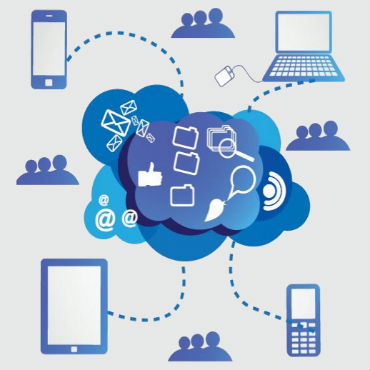Study: More mobile would make feds more productive

Survey suggests seven hours per week could be gained by better connectivity.

Federal employees are more mobile than ever, but agencies are missing some serious productivity gains by skimping on mobile access and connectivity options, according to a new study by MeriTalk.
The study, "Feds on the Go: Network Needs for Maximum Mobility," claims feds stand to gain 364 hours of annual productivity – or nearly $14,000 worth of taxpayer-funded work – if they had seamless remote connectivity and mobile access for all employees.
The findings are based on a survey of 209 federal employees at the GS-13 level or above who use mobile devices for work. The productivity figures are extrapolated from feds stating they would gain an average of seven additional hours of productivity per week if they didn't face slow connections, cumbersome security procedures and limited access to data.
Seventy percent of those surveyed reported their agency's current efforts at improving remote connectivity and mobile access has improved efficiency, availability and engagement within the workforces.
Yet the results seem to indicate that while some mobility is good, more mobility would be better. Seventy percent of feds can't get the information they need to do their jobs correctly – they say they can access only about 60 percent of the data they require.
To overcome these barriers and others -- slow connections, unreliable connections, few connection points and an inability for many feds to connect to networks using their own devices -- the study suggests agencies are going to have to spend more on IT infrastructure.
"Federal employees are increasingly unplugging from their desktops and using mobile devices to connect to work," said Anthony Robbins, vice president of Brocade's federal sector. Brocade underwrote the MeriTalk study.
"Not only is mobile connectivity what federal workers want, it can provide substantial productivity gains to federal agencies," Robbins said. "Just as large commercial companies have been doing for years, agencies should enable mobile connectivity. They need to embrace the growth in the Bring Your Own Device (BYOD) trend by investing in and deploying modern infrastructure improvements that deliver seamless connectivity, improved access, and increased speed of service."
The survey's findings indicate how prevalent mobile connectivity is becoming in the federal sector: 81 percent of respondents indicated connecting remotely at least once per week; 54 percent did so at least once per day.
Almost half the feds surveyed access remote networks several times per day.
Notably, three in four federal employees collaborate remotely with colleagues several times per week, and almost half do so many times per day.
Laptops remain the most common device used to access networks remotely (88 percent), with smartphones (53 percent) and tablets (23 percent) far behind.
Those statistics correlate with a change in what feds consider a proper workspace: Only 22 percent of federal employees report spending their workdays behind an assigned desk or office. Half work from the field, 23 percent utilize a shared office and nearly a quarter telework regularly.
While four in five feds still spend the majority of their workdays behind a desk, only 56 percent indicate they are most productive in a traditional office setting.
NEXT STORY: Coaching and training in a time of lean budgets



